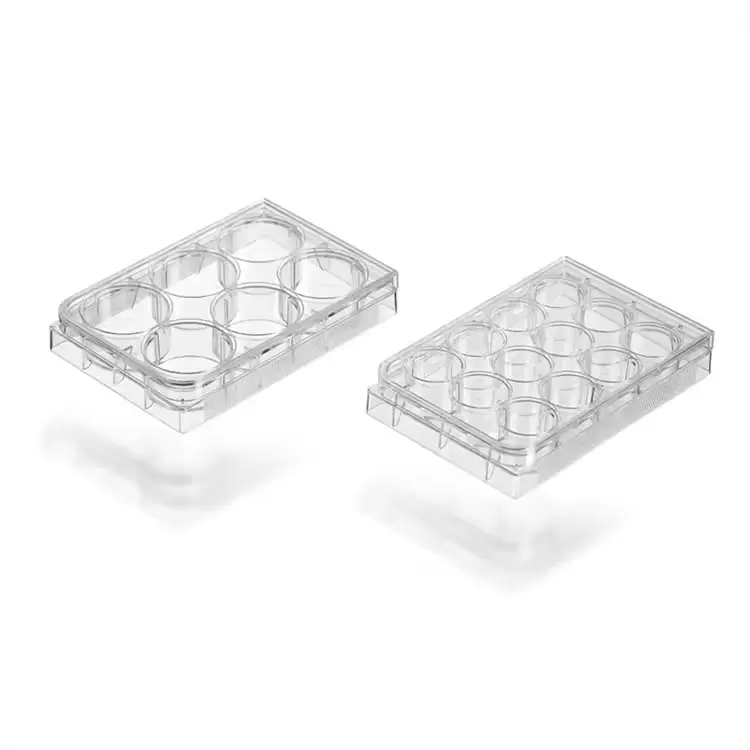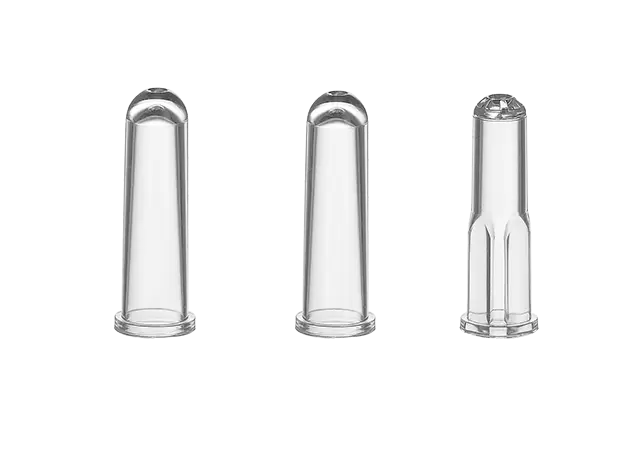Revolutionizing Embryo Culture: Unveiling the Potential of IVF Multi-Well Plates
In vitro fertilization (IVF) has revolutionized assisted reproductive technologies (ART), offering hope to millions of individuals and couples facing infertility. Among the many innovations enhancing the efficiency and success rates of IVF, the IVF multi-well plate stands out as a pivotal tool. This article Kangjian explores the technical advantages and applications of IVF multi-well plates, emphasizing their contribution to improving outcomes in embryology and ART.

Applications of IVF Multi-Well Plates in Assisted Reproductive Technologies
IVF multi-well plates are used throughout the IVF process, from the initial handling of gametes to the final cryopreservation of embryos. Each stage of IVF benefits from the precision and stability these plates provide, making them a cornerstone of embryological practice.
Oocyte Maturation and Handling
Oocyte maturation is a critical preparatory stage in IVF, requiring a highly controlled environment to ensure the eggs reach their full developmental potential. IVF multi-well plates play a vital role in this phase by offering individualized chambers where oocytes can mature without interference from external factors.
In multi-well plates, each oocyte is assigned its own well, which can be tailored to meet its specific needs. Embryologists can adjust the hormonal composition of the culture media in each well to optimize the oocyte's development. This level of customization is particularly important for patients with variable oocyte quality or for those undergoing complex protocols such as in vitro maturation (IVM).
The physical isolation provided by the wells minimizes the risk of mechanical stress during handling and reduces the chances of cross-contamination. Additionally, the clear, flat-bottomed design of the wells allows for easy visualization under microscopes, enabling embryologists to assess the oocyte's progress in real time without disturbing the culture environment. These features significantly improve the likelihood of retrieving high-quality mature oocytes, which are critical for successful fertilization and embryo development.
Fertilization: Conventional and ICSI Approaches
Fertilization is one of the most delicate and crucial stages of IVF. IVF multi-well plates are widely used during this stage, whether the fertilization is carried out through conventional methods or through intracytoplasmic sperm injection (ICSI). In conventional IVF, the oocyte and a prepared sperm sample are placed together in the same well, allowing natural interaction to facilitate fertilization. The multi-well format ensures that each oocyte remains in an isolated, controlled environment, minimizing the risk of cross-sperm contamination.
For ICSI, where a single sperm is injected directly into the oocyte, the multi-well plate serves as a platform for precise handling post-injection. Once fertilization is complete, the zygote is placed back into the same well or transferred to another well with fresh culture media to ensure continued development under optimal conditions.
The ability to track each oocyte and sperm sample individually is especially valuable in cases involving donor gametes or when specific genetic screening is required. Furthermore, IVF multi-well plates provide a stable environment that supports consistent pH, temperature, and nutrient levels, all of which are critical for successful fertilization. This precision not only improves fertilization rates but also contributes to the formation of high-quality embryos.
Embryo Culture and Development
The culture and development of embryos are the most important applications of IVF multi-well plates. From the zygote stage to the blastocyst stage, these plates provide the stable and individualized conditions necessary for optimal embryo growth. Each well serves as a microenvironment where the embryo is shielded from fluctuations in pH, temperature, and gas exchange.
The design of IVF multi-well plates ensures that embryos are not exposed to metabolic waste products from other embryos, a common issue in shared culture systems. This separation allows embryologists to monitor and support each embryo independently, making it easier to identify the healthiest candidates for transfer.
Advanced IVF multi-well plates are often used in conjunction with time-lapse imaging technology, which captures continuous images of the embryos as they develop. This non-invasive monitoring provides detailed insights into cleavage patterns, blastocyst formation, and other developmental milestones. The ability to track these parameters without disturbing the culture environment enhances the accuracy of embryo grading and selection.
The geometry of the wells also facilitates optimal gas exchange, ensuring that the embryos receive a consistent supply of oxygen and carbon dioxide. This is particularly important for maintaining the metabolic activity required for cell division and differentiation. By creating a stable and supportive environment, IVF multi-well plates improve the chances of producing viable blastocysts, increasing the likelihood of successful implantation and pregnancy.
Advantages of IVF Multi-Well Plates Over Traditional Culture Systems
IVF multi-well plates offer several advantages over traditional culture systems, such as Petri dishes or single-well plates. These benefits include improved efficiency, enhanced sterility, and better environmental stability, all of which contribute to higher success rates in ART.
Improved Workflow Efficiency
The multi-well design allows embryologists to handle multiple specimens simultaneously, significantly increasing laboratory throughput. This is particularly beneficial in high-volume IVF clinics, where time and resource optimization are critical. The ability to culture multiple embryos in a single plate reduces the need for additional equipment and minimizes handling time, allowing embryologists to focus on critical tasks such as embryo grading and selection.
Enhanced Sterility and Isolation
The individual wells in an IVF multi-well plate provide a high degree of isolation, preventing cross-contamination between specimens. This is particularly important when handling samples from multiple patients or when using donor gametes. The compartmentalized design ensures that each embryo develops in its own protected environment, reducing the risk of contamination and adhering to strict ethical and regulatory standards.
Consistent Environmental Stability
IVF multi-well plates are designed to maintain stable pH levels, temperature, and gas composition within each well. These factors are critical for embryo viability, as even minor fluctuations can negatively impact development. The plates also minimize media evaporation, ensuring that the embryos are consistently exposed to the optimal nutrient and hormonal conditions. This stability is a significant improvement over traditional culture systems, which are more susceptible to environmental variations.
Cost-Effectiveness and Versatility
By reducing the volume of culture media required for each embryo and streamlining laboratory workflows, IVF multi-well plates contribute to cost savings in IVF procedures. Their versatility allows them to be used for various applications, including oocyte maturation, fertilization, embryo culture, and cryopreservation, making them an invaluable tool for ART laboratories.
The IVF multi-well plate is an indispensable innovation in assisted reproductive technologies, offering precision, consistency, and efficiency in embryo culture. By addressing the unique challenges of IVF, these plates have become a vital component of ART laboratories, ensuring better outcomes for both patients and practitioners. As the field continues to evolve, the IVF multi-well plate will remain at the forefront of embryological advancements, providing a robust foundation for the future of reproductive medicine.




